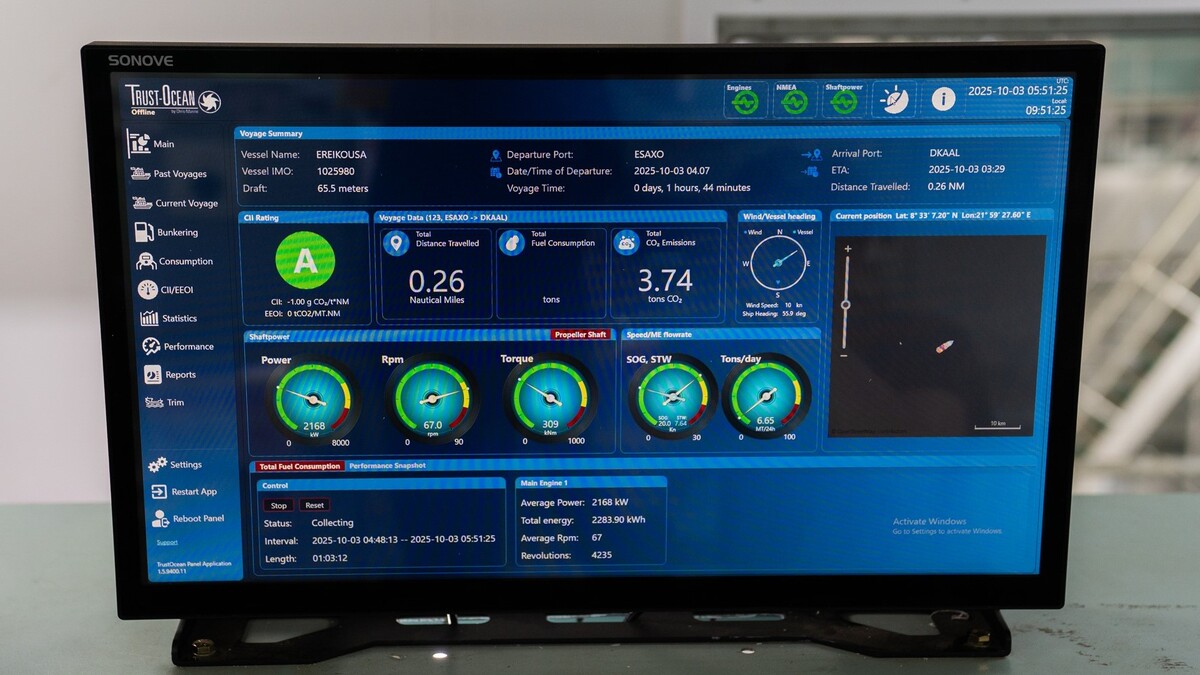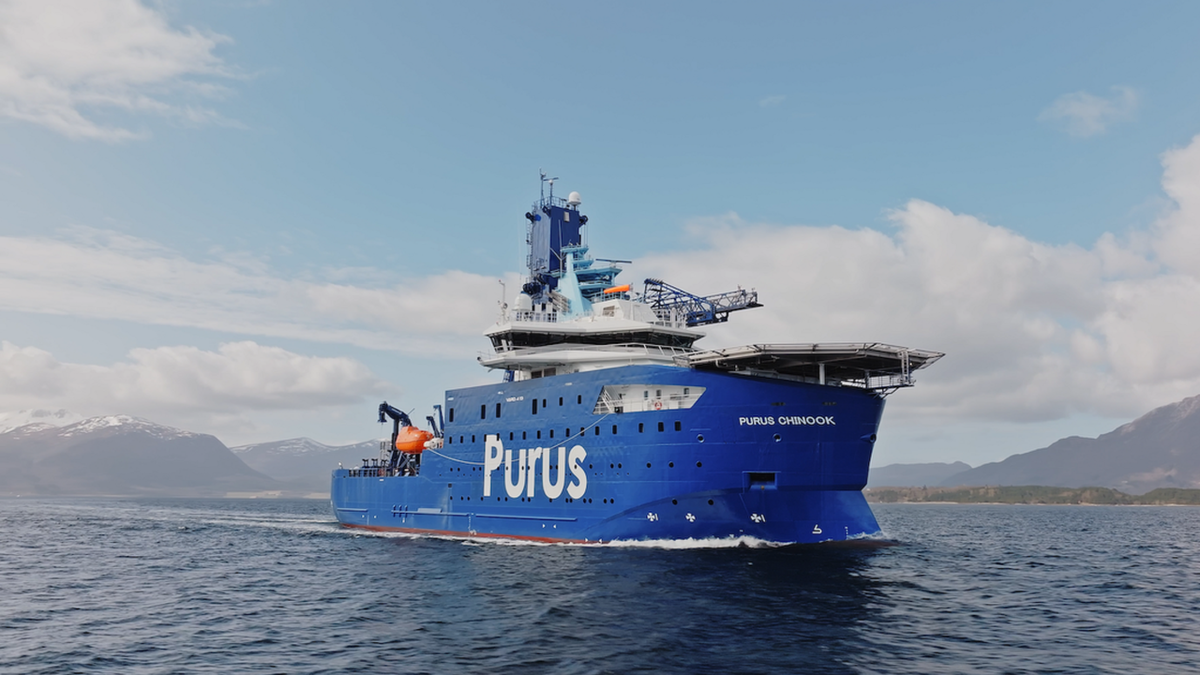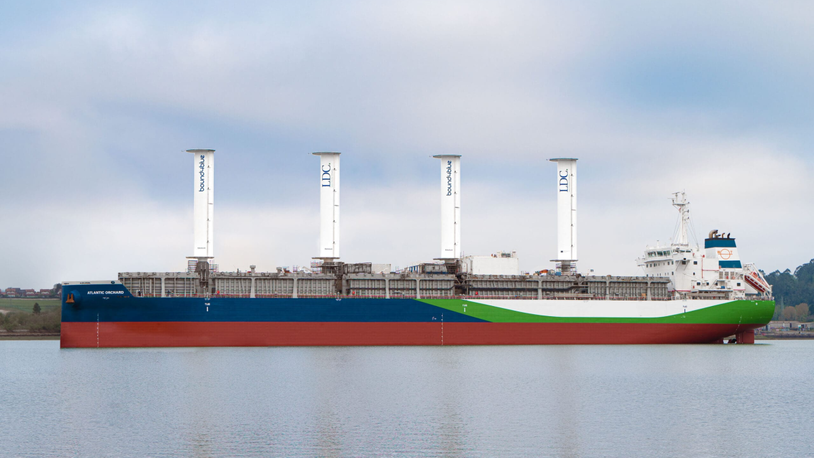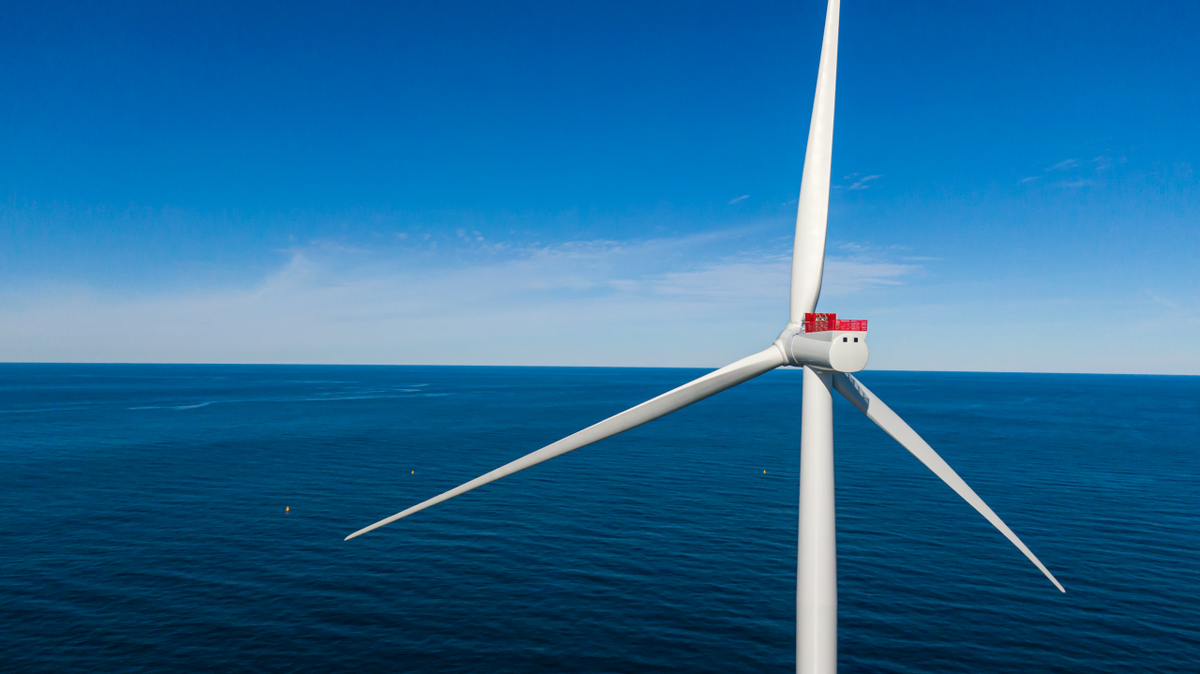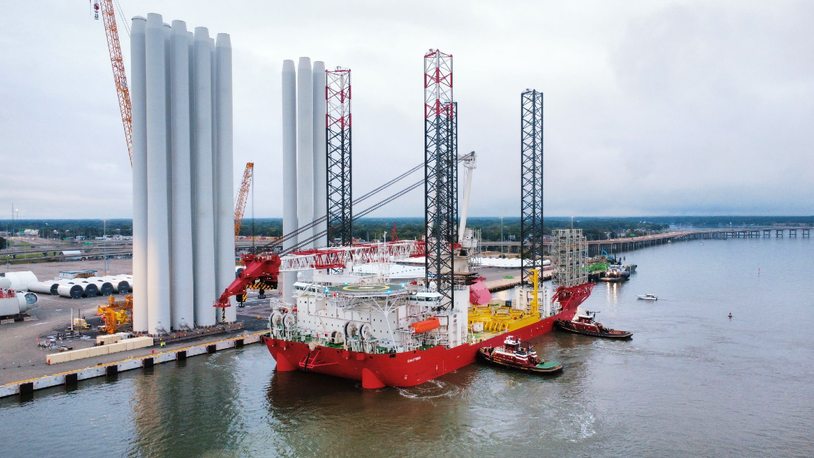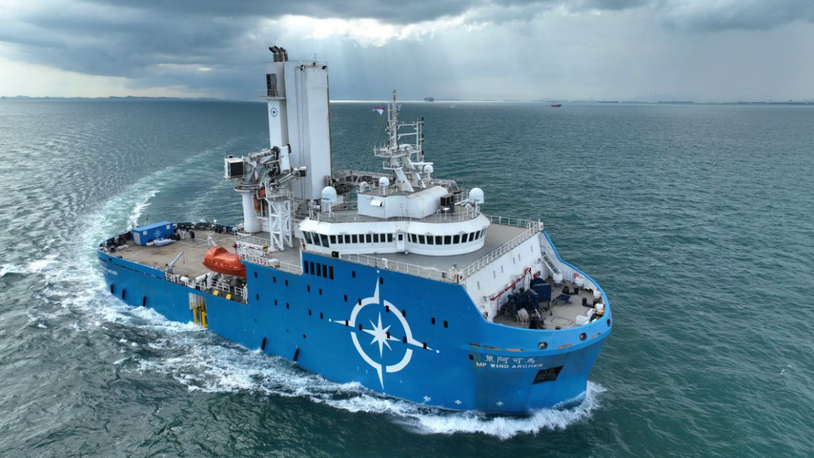Business Sectors
Events
Ship Recycling Webinar Week
Contents
Innovative DemoATOMS lifting platform takes to the water
A platform intended to demonstrate a new way to undertake major component replacement on offshore wind turbines has entered the water for the first time and is due to begin tests early in 2026
SOLVE Wind, a venture that combines Esteyco’s expertise in offshore platforms and Liftra’s disruptive crane technology, is developing the concept to provide a reliable and cost-effective solution for onsite main component replacement that avoids dependence on jack-up vessels and reduces opex while maximising production. The partners in the project say SOLVE Wind is a low capex solution that is “easily deployed at scale while providing improved response times,” and is “easier, faster and less expensive than a jack-up vessel.”
The concept they are working on combines Liftra’s self-hoisting crane technology with Esteyco’s ‘ATOMS’ barge technology. It is designed for use with fixed-bottom and floating wind turbines and will, they claim, “eliminate hub height as a cost driver while providing asset owners with more sustainable operations.”
Esteyco’s ATOMS, which stands for ‘attachable towable O&M system’ can be mobilised using a single tug. Having been mobilised, the platform is positioned alongside an offshore wind turbine, and an approach winch guides it safely to the turbine structure. Here, ATOMS couples directly to the turbine structure and, after coupling, allows corrective work to be undertaken using Liftra’s up-tower crane technology. When attached to a floating wind turbine, it moves synchronously with the foundation. When work has been completed, ATOMS decouples itself from the structure of the turbine and is towed back to shore. The coupling system is easily adapted to enable it to connect to a wide range of turbine structures – no changes to the turbine are required.
The DemoATOMS platform entered the water in Ferrol, Spain where it was built in October 2025. The next phase of the project will see Liftra’s lifting system integrated with it, ready for testing.
Esteyco chief executive Carlos García Acón said, “After completing electrical and hydraulic system tests and conducting early-stage testing to validate subsystems, the ATOMS platform entered the water and is ready for the next phase of testing.
“We are approaching the point at which the ATOMS platform will be ready for on-site offshore maintenance operations on wind turbine generators of up to 5 MW in size, using Liftra’s LT1200 self-hoisting crane. The experience we gain from these operations will help us developing the next ATOMS for larger wind turbines.”
As Mr Acón noted, together the companies in SOLVE Wind are already working on a next-generation ATOMS platform, which can handle larger turbines and, potentially, undertake installation. By 2027, they anticipate that a second-generation ATOMS will be ready to undertake O&M work on fixed and floating wind turbines of up to 15 MW. By 2030, they say, a third-generation ATOMS will be capable of O&M and installation projects on 15 MW+ turbines.
Related to this Story
Events
Ship Recycling Webinar Week
International Bulk Shipping Conference 2025
Tankers 2030 Conference
Maritime Navigation Innovation Webinar Week
© 2024 Riviera Maritime Media Ltd.

